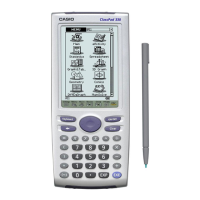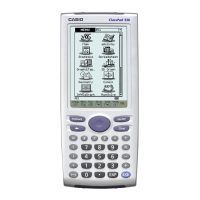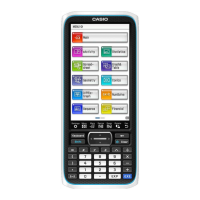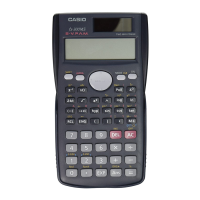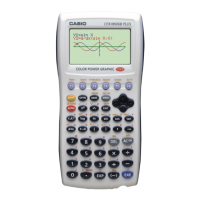Be aware that if you do not pass in a static string to a PegPrompt, you should set the style
flag TT_COPY. This causes PegPrompt to keep a copy of the string you pass in, so even
if the string becomes invalid the PegPrompt will still have its own copy.
PegString
Class Name Derived From Styles Signals
PegString PegThing/
PegTextThing
FF_NONE
FF_THIN
TT_COPY
AF_TRANSPARENT
AF_ENABLED
EF_EDIT
PSF_SIZED
PSF_FOCUS_RECEIVED
PSF_FOCUS_LOST
PSF_KEY_RECEIVED
PSF_TEXT_SELECT
PSF_TEXT_EDIT
PSF_TEXT_EDITDONE
PegString is a user-editable graphical string object. In addition to the common signals
defined by PegThing, PegString also supports the signals listed above.
Here is an example of how to create a PegString:
PegString *p = new PegString(2, 2, "Hello everybody");
AddR(p);
p = new PegString(2, 25, 125);
AddR(p);
72
